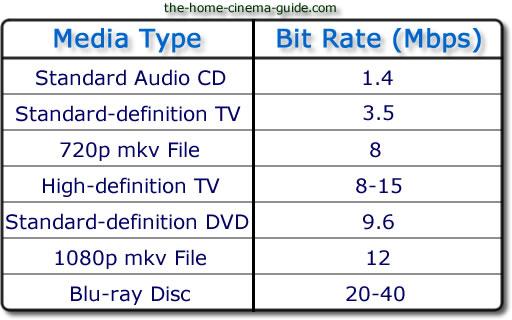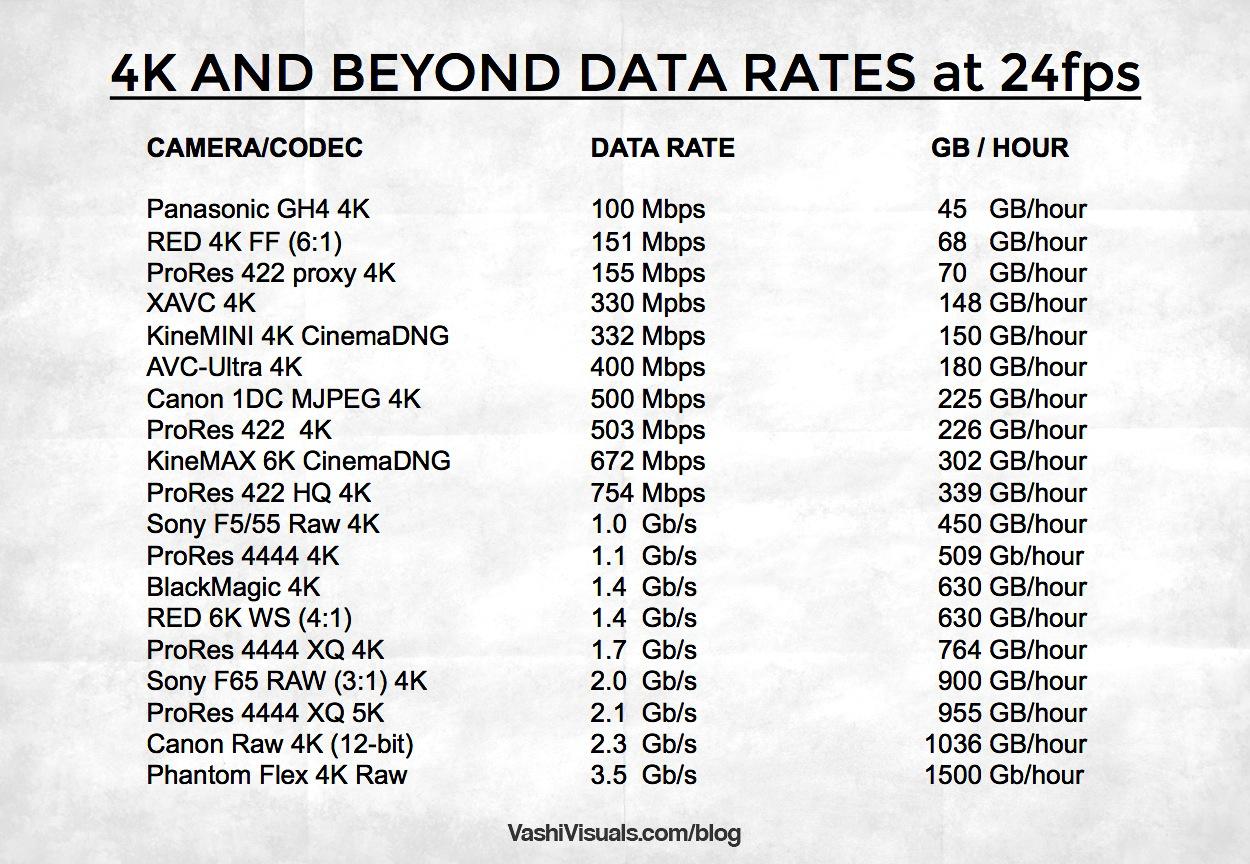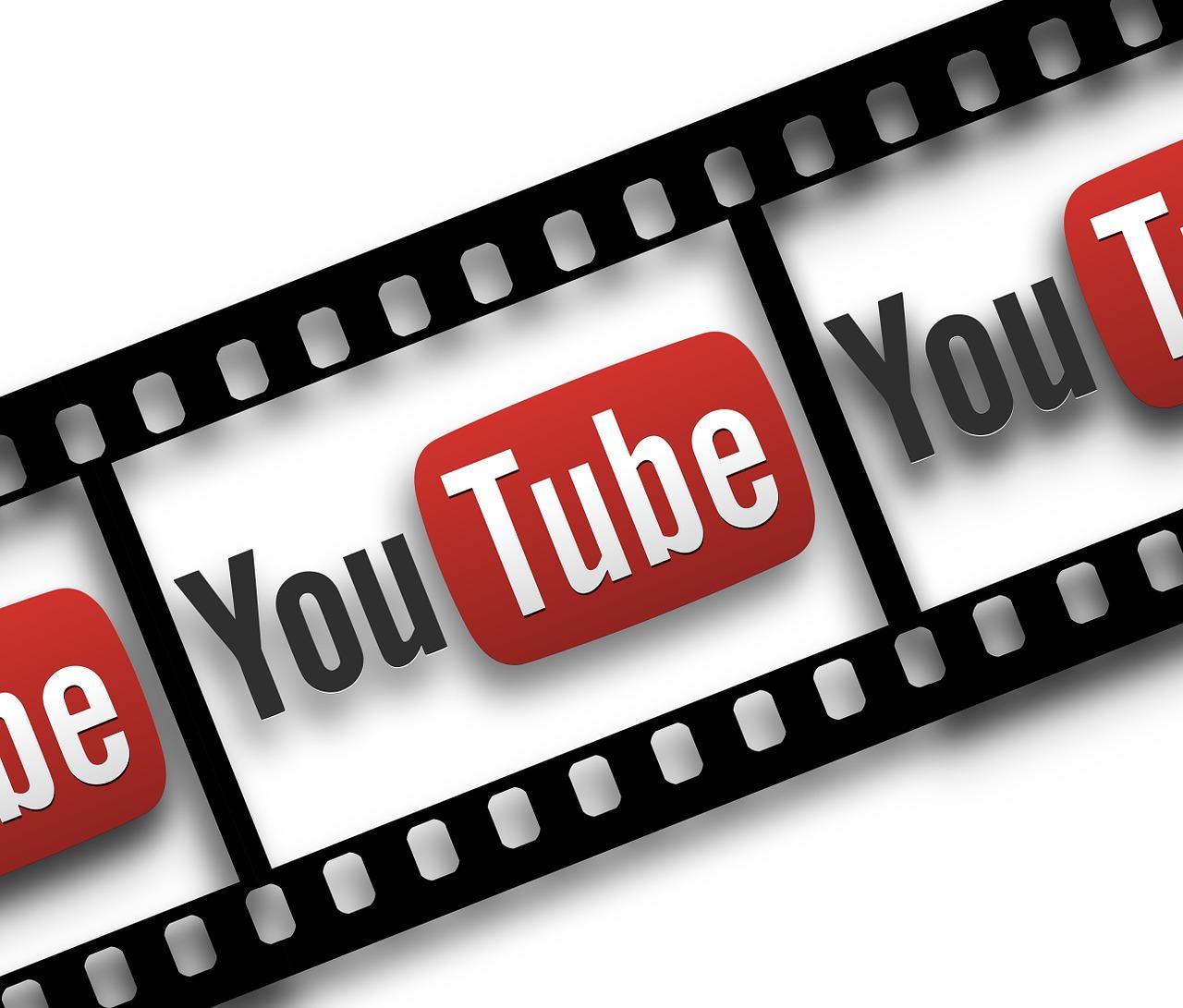Alright, so let’s dive into the captivating world of YouTube! If you’ve ever settled in for a binge-watch session, only to be met with buffering symbols that seem to taunt you like a mischievous cat, you’re not alone. Navigating the streaming maze can sometimes feel like trying to find your way out of a virtual cornfield. And at the heart of this adventure lies a burning question: What data rate do you really need to keep the drama rolling and the cat videos flowing?
In this article, we’re going to unravel the mystery behind data rates and how they impact your viewing experience. Whether you’re a casual viewer who just wants to catch the latest viral trend or a high-definition aficionado who craves those crisp visuals, figuring out the ideal data rate can mean the difference between seamless streaming and a frustrating waiting game. So grab your popcorn, sit back, and let’s unlock the secrets to a smoother YouTube experience that’ll keep you glued to your screen without any hiccups!
Understanding Data Rates and Their Impact on Your Streaming Experience

When you’re gearing up for an epic binge-watch session on YouTube, understanding data rates can be a game-changer. Imagine you’re at a buffet; if the servings are small, you might leave feeling unsatisfied, right? That’s what happens when your data rate isn’t high enough. A higher data rate means better video quality—we’re talking crisp visuals and clear audio, which can make or break the experience. For instance, if you’re streaming in HD, a data rate of around 5 Mbps is usually a must. But if you want that jaw-dropping 4K experience, you’re looking at something closer to 25 Mbps or more. It’s like choosing between a quick snack and a gourmet meal; the latter just hits different!
Now, don’t let those numbers scare you! It’s essential to consider your internet plan and whether it can keep up with your streaming habits. If you’re sharing your Wi-Fi with multiple devices—think smartphones, tablets, and maybe even grandma’s old laptop—you may want to bump up your data rate to accommodate everyone’s streaming needs. Here’s a quick breakdown of optimal data rates for popular streaming needs:
| Streaming Quality | Recommended Data Rate |
|---|---|
| Standard Definition (SD) | 3 Mbps |
| High Definition (HD) | 5-8 Mbps |
| Full HD (1080p) | 10-15 Mbps |
| 4K Ultra HD | 25 Mbps+ |
So, whether you’re jamming to the latest music video or diving into a classic movie marathon, knowing your data rate can be the secret sauce to a seamless streaming experience!
Choosing the Right Speed for Seamless Viewing: What You Need to Know

When it comes to streaming your favorite YouTube videos without interruptions, selecting the ideal data rate is key. Think of it like choosing the right size of a water pipe to flow smoothly without any clogs—the right bandwidth will allow your videos to stream seamlessly, delivering high-quality visuals and sound. Here are a few factors to consider when picking the speed:
- Video Quality: Higher resolutions like 1080p or 4K demand more bandwidth. Streaming in these formats often requires at least 5 Mbps or more.
- Multiple Users: If you share your connection with family or roommates, you’ll want to factor in their usage. The more devices streaming simultaneously, the faster your internet plan needs to be.
- Type of Content: Live streams and real-time interactions need higher speeds compared to standard video playback.
To make things a little clearer, let’s break down recommended data rates based on resolution:
| Video Resolution | Recommended Data Rate (Mbps) |
|---|---|
| 480p | 1-2 Mbps |
| 720p | 3-5 Mbps |
| 1080p | 5-10 Mbps |
| 1440p | 10-20 Mbps |
| 4K | 25 Mbps+ |
By keeping these points in mind, you can ensure a hassle-free viewing experience. After all, nobody wants that dreaded buffering circle interrupting their binge-watching session, right?
Balancing Quality and Performance: How to Optimize Your Settings

Finding the sweet spot between quality and performance can feel a lot like walking a tightrope. You want your videos to look sharp and vibrant, but at the same time, you don’t want them to buffer endlessly, right? It all boils down to understanding your settings. Start by considering the resolution you’re aiming for. Higher resolutions, such as 4K, deliver stunning visuals but require a hefty data rate, which can slow things down if you don’t have a fast connection. On the flip side, lower resolutions can lead to smoother playback on limited bandwidth. So, don’t just shoot for the stars; tailor your settings to fit your audience’s viewing capabilities and internet speeds.
Another crucial element to keep in mind is your bitrate, which essentially dictates the amount of data processed per second. A higher bitrate can enhance the quality but may come with drawbacks if your audience’s internet speed can’t keep up. As a guideline: consider these typical settings:
| Resolution | Recommended Bitrate (Mbps) |
|---|---|
| 480p | 1-2 Mbps |
| 720p | 2.5-5 Mbps |
| 1080p | 5-10 Mbps |
| 1440p | 10-20 Mbps |
| 4K | 25 Mbps and above |
By experimenting with different combinations, you’re not just optimizing the playback experience; you’re crafting a more engaging viewing journey for your audience. Remember, it’s all about making choices that serve both stunning visuals and seamless performance. Every viewer’s setup is different, so give them options to tailor their experience, and you’ll keep them coming back for more!
Tips and Tricks for Troubleshooting Your Connection Issues

When your connection goes haywire, it can feel like trying to catch smoke with your bare hands, right? Start by rebooting your devices. Trust me, sometimes all they need is a little nap! Turning off your modem and router, waiting for about 30 seconds, and then turning them back on can clear up many glitches. If you’re still stuck in buffering limbo, check the cables. Make sure they’re all snug as a bug; a loose connection can cause internet drama that you simply don’t need. Also, it’s handy to position your router in a central location in your home—the more open the space around it, the better the signal. If you’re too far from the router, consider using a Wi-Fi extender or even a wired connection to boost your speeds.
Another tip? Monitor your bandwidth usage. You know how some friends tend to hog all the chips and dip at a party? Well, certain devices and apps can do the same with your internet! Use tools like NetSpeedMonitor or speedtest.net to get a read on your connection speeds and see if anything’s hogging your bandwidth. In cases where it feels like your connection is dragging, it might help to pause any large downloads or streaming on other devices. You can also take a quick look at scheduled updates on your devices; sometimes, they can consume a nice chunk of your bandwidth without you even realizing it. Remember, a little prevention can go a long way in keeping your streaming experience smooth!
Concluding Remarks
And there you have it—unlocking the secrets of YouTube data rates doesn’t have to be a puzzle! Whether you’re uploading your latest vlog, streaming the newest series, or diving into the endless world of cat videos, understanding your data needs is like having a trusty roadmap guiding you through the vast digital landscape.
So, the next time you find yourself battling buffering islands or pixelated dreams, remember: it’s all about finding that sweet spot between quality and speed. Don’t hesitate to experiment—after all, every connection is a little bit different, just like us.
Thanks for joining me on this journey through the bytes and bits! If you’ve got questions or experiences to share, drop them in the comments below. Let’s keep the conversation flowing. Happy streaming, and may your data rates be ever in your favor!



